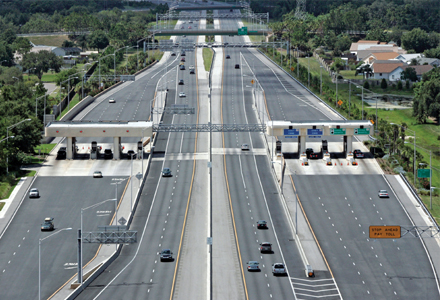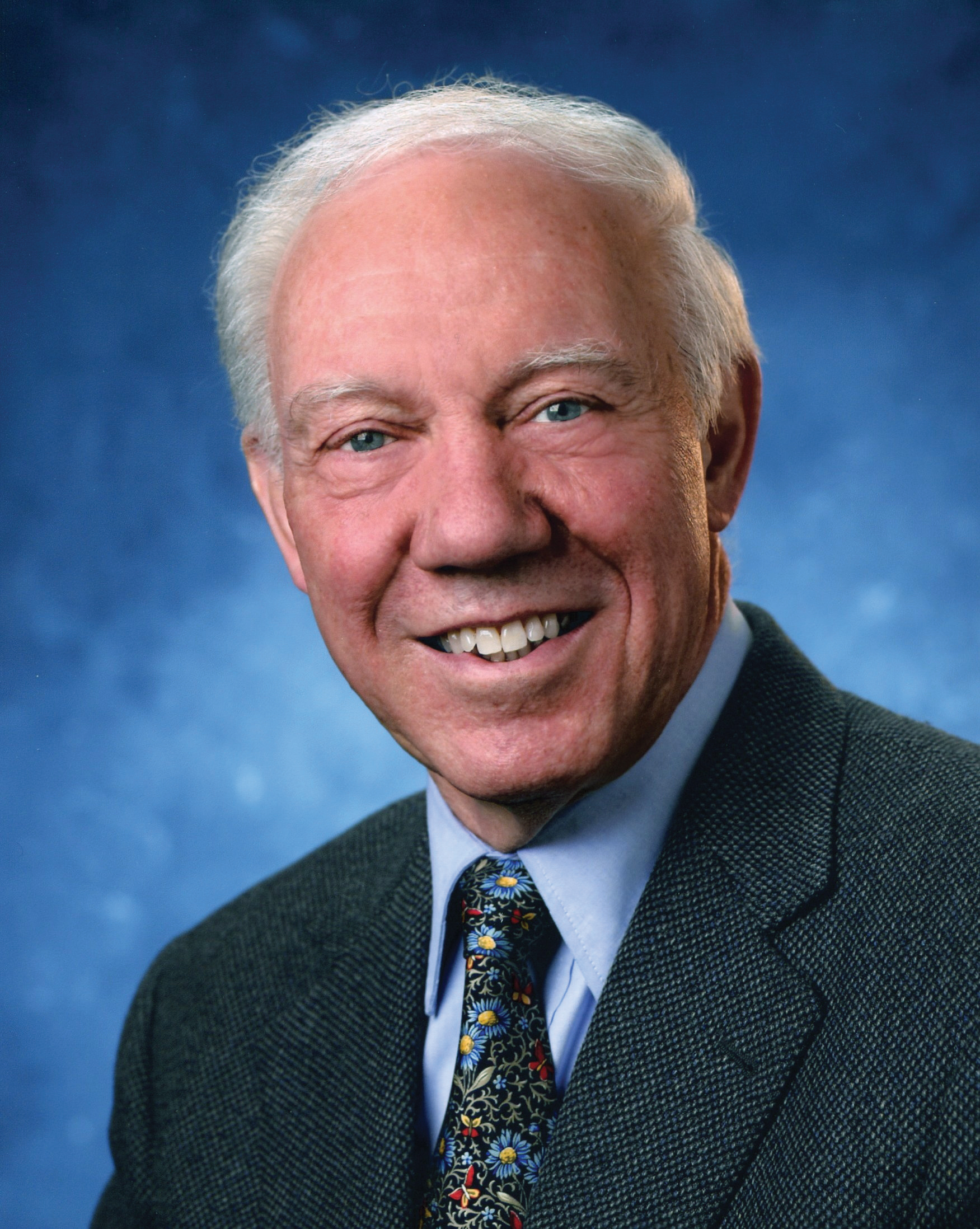Toll performance exceeds expectations, improves travel times
Jean Harito, Attica Tollway Operations Authority and Steve Morello, Egis Projects describe how looking to exceed contractual obligations makes good operational and business sense. The Attica Tollway is a modern, 65km, access-controlled urban motorway with three lanes in each direction. It constitutes the ring road around the extensive metropolitan area of the Greek capital, Athens, and forms the backbone of the entire road network in the Attica region. By ensuring freeflow operating conditions, the Attica T



















